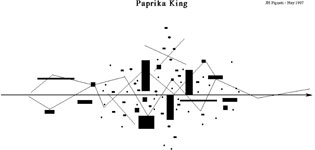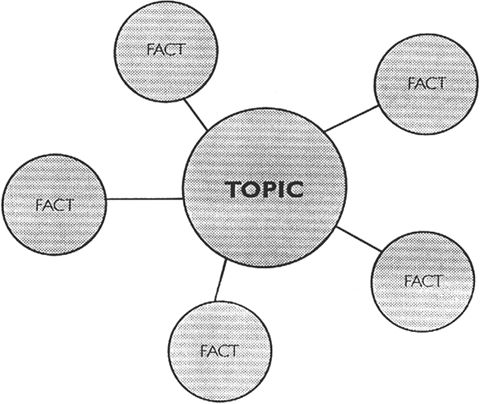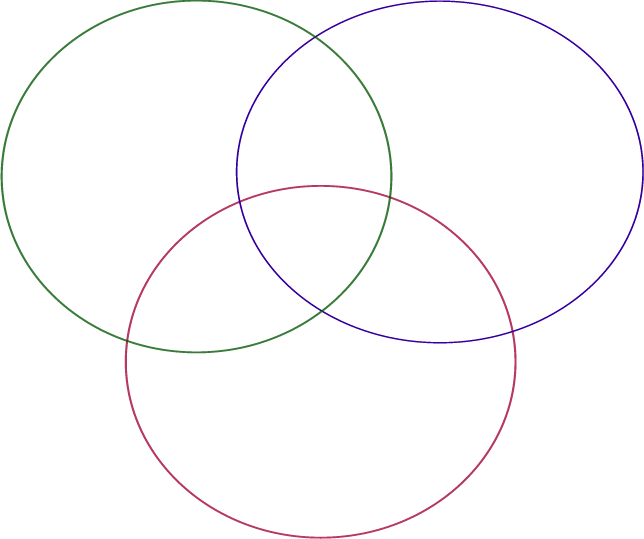This unit is comprised of 5 lessons consisting of these following Lesson plans
Lesson 1 – Creating Percussion
Lesson 2 – Exploring Sound
Lesson 3 – Sound and Rhythm
Lesson 4 – Your Composition
Lesson 5 – Your Composition
Inspired by STOMP, this lesson explores sound and rhythm by ear through improvisation with “found” percussion instruments. Activities include 8 beat solos using body percussion, pattern creation using just sounds made by the hands. Notated “starter rhythm” patterns are included in the lesson to provide the basis for rhythmic improvisation, timbral variation, and motivic development.
amc_9_lsn1_creating percussion
Inspired by the WORLD SOUNDSCAPE PROJECT, this lesson explores and creates experiences of “environmental” sound, first through listening to, describing and graphically notating, the sounds in the present environment. This is then carried into improvisations that “create” fictional environments through student-created sounds. Sound motive, form and development are discussed in the process of creating these soundscapes. Final thoughts turn to issues of public health and the toxic soundscapes of noise pollution.

Inspired by CLAPPING MUSIC by American composer, Steve Reich, this lesson develops a strong sense of pulse and rhythmic precision. Students work with a 12 beat cycle to create their own rhythmic patterns, superimposed on pulses of 3, 4 and 6 beats. Strategies for developing a repeating pattern through timbral change, erasure and rotation are discussed/demonstrated. The lesson concludes with a group polyrhythmic improvisation.
The culmination of this Unit is to compose a work for found percussion. Comparing percussion compositions by STOMP and Edgar Varése (Ionisation), students embark on creating and notating their own percussion composition. The class Jigsaws concepts and skills that have been developed by previous unit lessons, such as The Elements of Sound, timbral exploration, soundscapes, graphic notation, polyrhythm and notational methods. The Creative Process is also experienced, stage by stage. A general compositional plan is provided to all groups to act as a guide, template for formal scheme.
The culmination of this Unit is to compose a work for found percussion. Comparing percussion compositions by STOMP and Edgar Varése (Ionisation), students embark on creating and notating their own percussion composition. The class Jigsaws concepts and skills that have been developed by previous unit lessons, such as The Elements of Sound, timbral exploration, soundscapes, graphic notation, polyrhythm and notational methods. The Creative Process is also experienced, stage by stage. A general compositional plan is provided to all groups to act as a guide, template for formal scheme.




Recent Comments